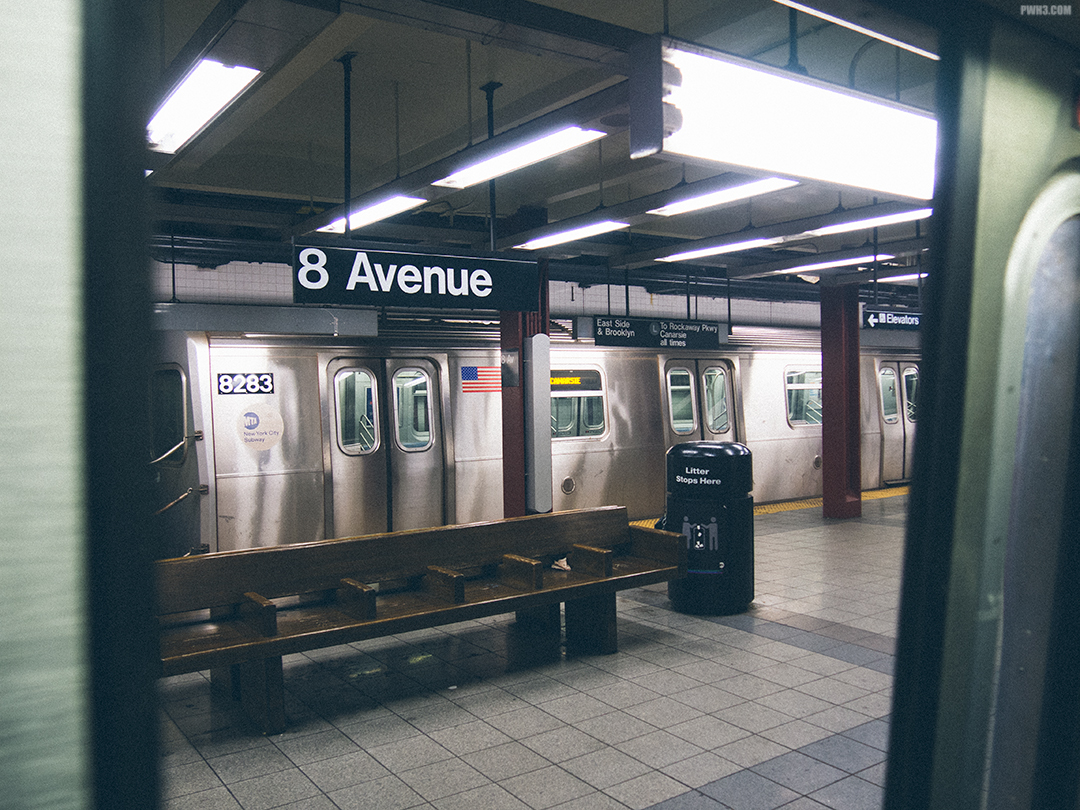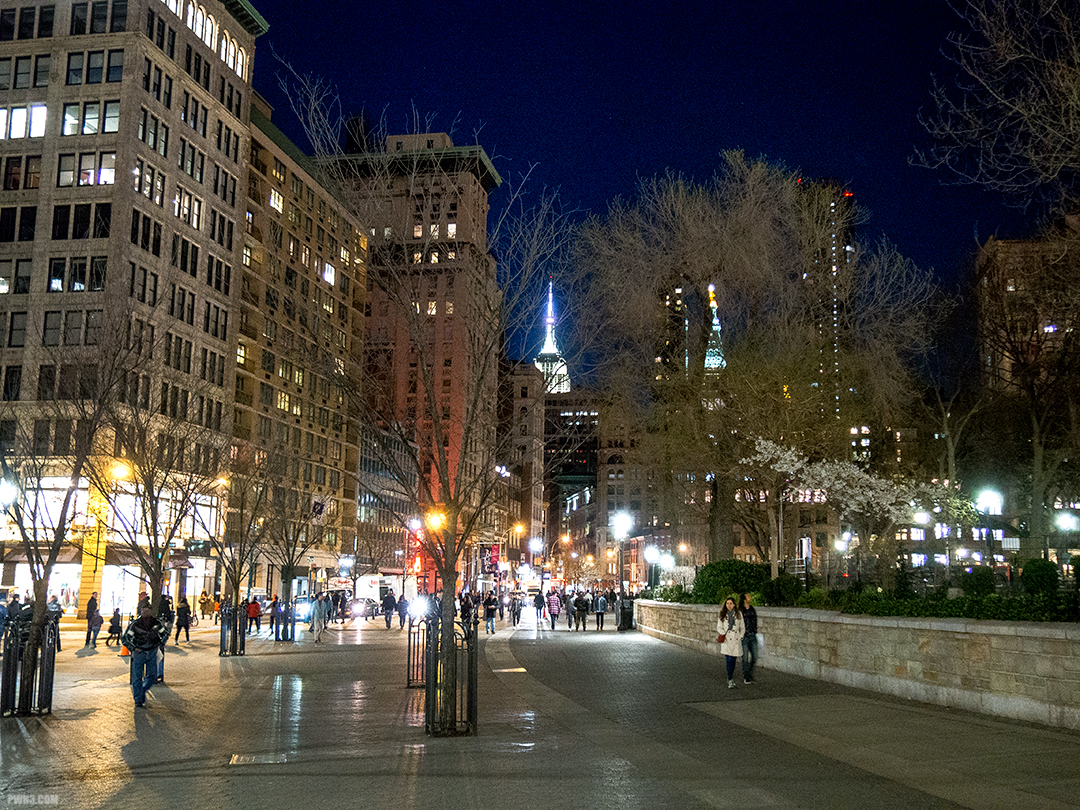The kit lens is the inexpensive zoom lens that comes with a new DSLR or mirrorless camera. Usually it’s made of plastic with a plastic mount. Years ago, kit lenses used to be very badly built and of poor optical quality. I have one old kit lens that was difficult to zoom in and out (it would become hard to turn and even get stuck at certain points). Even worse, it had optical problems, leaving one area of the photo very blurry while the rest of the photo was perfectly sharp. Kit lenses today are both built better and much better optically. Here are more good points about kit lenses:
They Are Cheap
Usually when you buy a new camera, the kit lens is around $100. For that relatively low outlay of cash, you get a lens that probably has very fast autofocus and may even have image stabilization built into it, as is the case with Nikon kit lenses. Due to its low cost, it’s less of a worry bringing it to places where you may not want to risk a more expensive lens.

They Are Versatile
Because they cover such a big focal range — allowing you to zoom from a wide shot to a close up shot and anything in between — they’re great for a lot of photographic situations. They are especially useful while traveling or at an event.

They Are Lightweight and Small
Since they are small and mostly made from plastic, they are very light compared to more expensive lenses, which will likely be larger and made with metal. Many of the newest kit lenses are also designed to basically retract into themselves, becoming more compact for storage or for stowing in a camera bag.
They Are Sharp & Can Focus Closely
Yes, it’s true. The newer kit lenses are surprisingly sharp with pretty good image quality. I have also found that many can focus very close to the subject, which is useful for photographing objects like toys or food.

Downsides
Sounds great, right? So why would you need any other lens? Well, as good as the kit lens may be, more expensive lenses will still be better optically. There really is a difference there. If you’re a beginner you may not be able to tell, or it may not matter to you right now. Later on in your photographic journey, it might become important.
Another downside with kit lenses is that they aren’t the best choice for indoor photography or night photography. However, I have done both of those types of photography with a kit lens — all of the photos in this article were taken with a kit lens, including the night shots.
Finally, every new photographer wants to experiment with that creamy “blurred background” look. While you can achieve it somewhat with a kit lens under the right conditions, it’s not the ideal lens for it.
Don’t worry about any of that right now, though. Go out and shoot with your kit lens. It’s probably a lot better than you think and you will get some great images out of it.
All photos in this story were taken with an Olympus EM-10 and the Olympus 14-42 RII kit lens.

